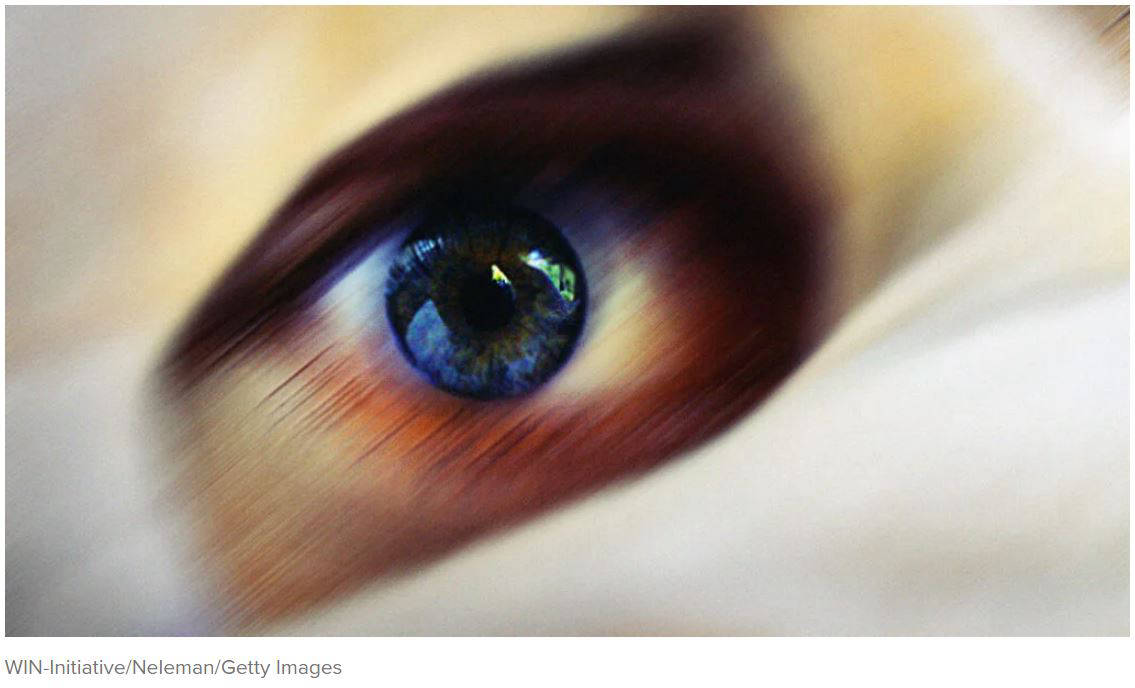
Both scratched cornea and pink eye require a visit to an eye doctor. Treatment may involve eye drops, ointments, and pills.
When people experience ocular symptoms such as red and watery eyes, it is typical to attribute them to infections like pink eye (conjunctivitis). However, eye injuries, such as a scratched cornea (corneal abrasion), can also cause red and teary eyes.
As the name implies, a scratched cornea occurs when a person has a scratch on their eye, which may result from poking the eyes or grit in the eyes. A scratched cornea is one of the most common eye injuries across all age groups.
Pink eye often results from infections and allergies. It is the most common cause of red eyes. It is also one of the most common reasons people visit primary care eye clinics or seek urgent care.
This article outlines the differences and similarities between scratched cornea and pink eye. It also discusses diagnosis, treatment, and how to prevent these eye conditions.

Since scratched eye and conjunctivitis affect the same organ — the eye — it is no surprise that some of their symptoms overlap.
Below is a table that highlights the symptoms of scratched eyes and conjunctivitis.

Scratched cornea and pink eye have different causes, diagnoses, and treatment approaches.
While they share some symptoms, people with scratched cornea typically do not experience discharge, eyelids crusting, or conjunctiva swelling unless the injury leads to infection.
One major difference between scratched cornea and pink eyes is their cause. Scratched cornea usually results from physical causes, while pink eye is often the result of an infection. Unlike scratched cornea, pink eye can be contagious.
The three most common causes of conjunctivitis are viruses, bacteria, and allergies, with adenoviruses causing the majority of viral conjunctivitis. Other causes of conjunctivitis include:
● contact lenses, especially their long-term use
● chemicals
● fungi
● amoeba
● foreign bodies in the eye
● air pollution, such as chemical vapors and fumes
Several things can cause an abrasion on the surface of the cornea, including:
● scratching the eyes with fingernails
● sand, sawdust, or other forms of grit in the eyes
● makeup brushes in the eyes
● wearing poor-fitting contact lenses
● rubbing the eyes too hard
If a person has unusual eye symptoms such as redness, swelling, and watery eyes, they may be unable to tell if they have a mild or severe condition unless they see an eye specialist. Depending on a person’s symptoms, an eye doctor may order additional tests.
If an eye doctor suspects a corneal abrasion, they may put a yellow dye called fluorescein into the eye. If a scratch is present, the dye will stain it and give off a green color when viewed with a special blue light.
Diagnosis for conjunctivitis involves asking the person about their symptoms and performing an eye exam. An eye doctor may also use a cotton swab to take a fluid sample from the eyelid to test for bacteria or viruses.
The two conditions may have similar symptoms, but the treatments are different.
Healthcare professionals may prescribe topical ointments and eye drops for viral or bacterial pink eye.
Most cases of viral conjunctivitis are mild and usually clear up within 7–14 daysTrusted Source. In some cases, pink eye may last about 2–3 weeks.
Doctors may also suggest removing any allergens that could be causing allergic conjunctivitis and using antihistamines to relieve symptoms. Using artificial tears to help clear out irritants in the air that get into the eyes can be helpful.
Minor cases of corneal abrasions often heal on their own. Doctors commonly recommend bandage contact lenses or cycloplegic eye drops to help with pain while the cornea heals, in addition to a preventive antibiotic.
Some eye drops can also help ease symptoms such as pain and redness.
Most corneal abrasions are mild and heal on their own within a few days. However, larger-sized or traumatic abrasions may take longer to heal and require medical treatment.
The outlook for a person with conjunctivitis depends on the cause, symptom severity, and treatment timing. Viral conjunctivitis may take about 2–3 weeks to resolve, while bacterial conjunctivitis can take about 7–10 days to resolve.
In rare cases, if left untreated, conjunctivitis can be life threatening.
Scratched cornea and pink eye are among the most common reasons people experience red, watery eyes with blurry vision.
However, their causes and treatment differ. Both conditions are usually mild and often resolve on their own or with doctor-prescribed treatments.
If a person notices unusual eye symptoms, whether mild or severe, it’s important that they consider speaking with a doctor for proper diagnosis and treatment recommendations.
Published in MedicalNewsToday
Disclaimer: Envy Eye Care's website offers information about vision services and treatment for informational purposes only. Content herein is not intended as medical advice. If you need to speak with an eye doctor in the Dallas area, please contact our office at 469-490-ENVY (3689) to schedule a consultation. This website and blogs are for informational use only. The content within these pages should not perceived as formal advice, nor does the understanding constitute a formal relationship.
Free AI Website Builder